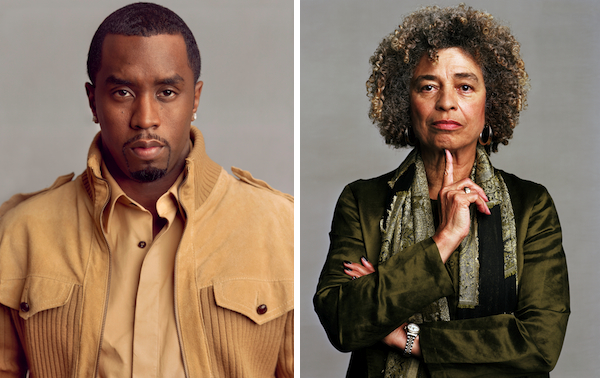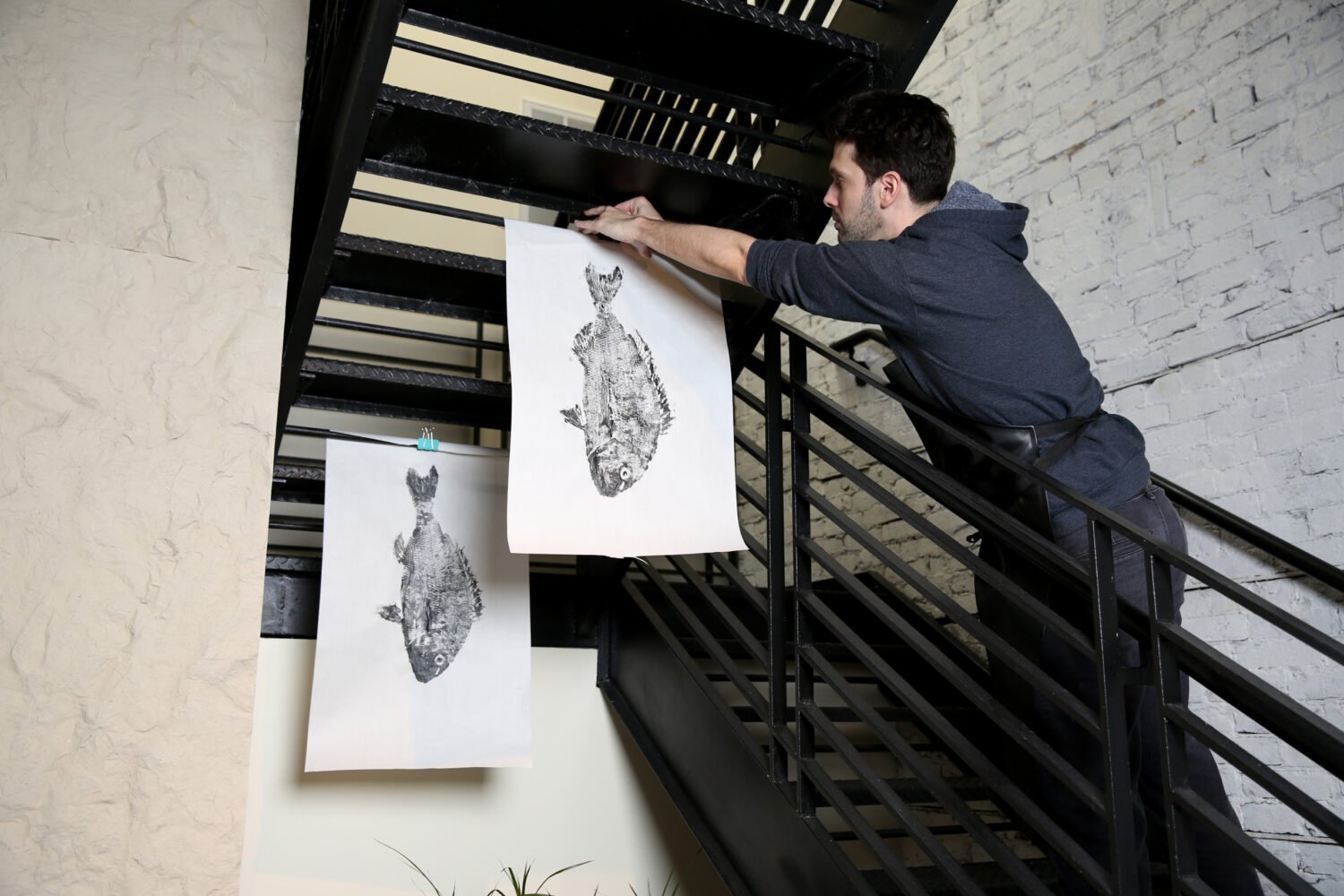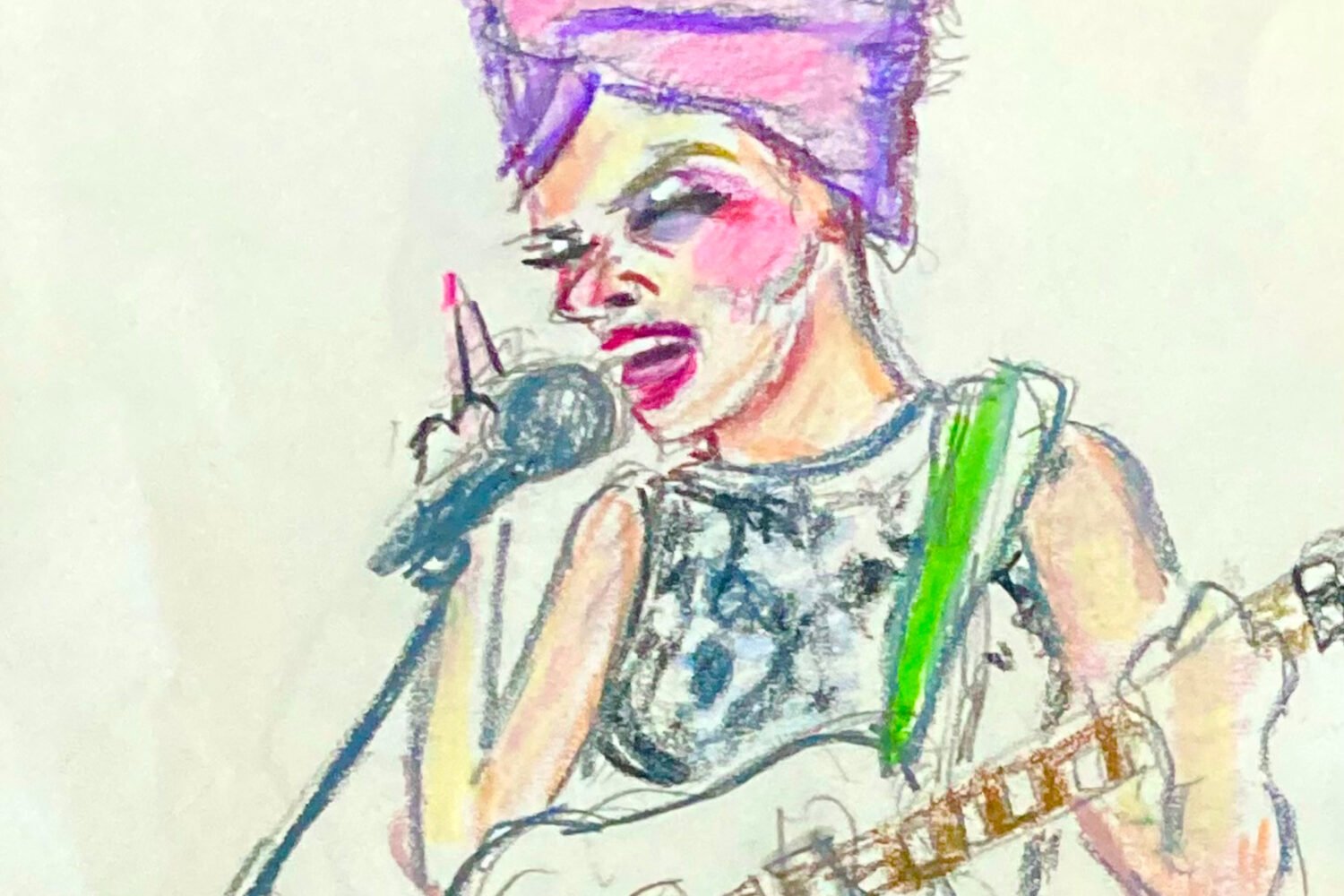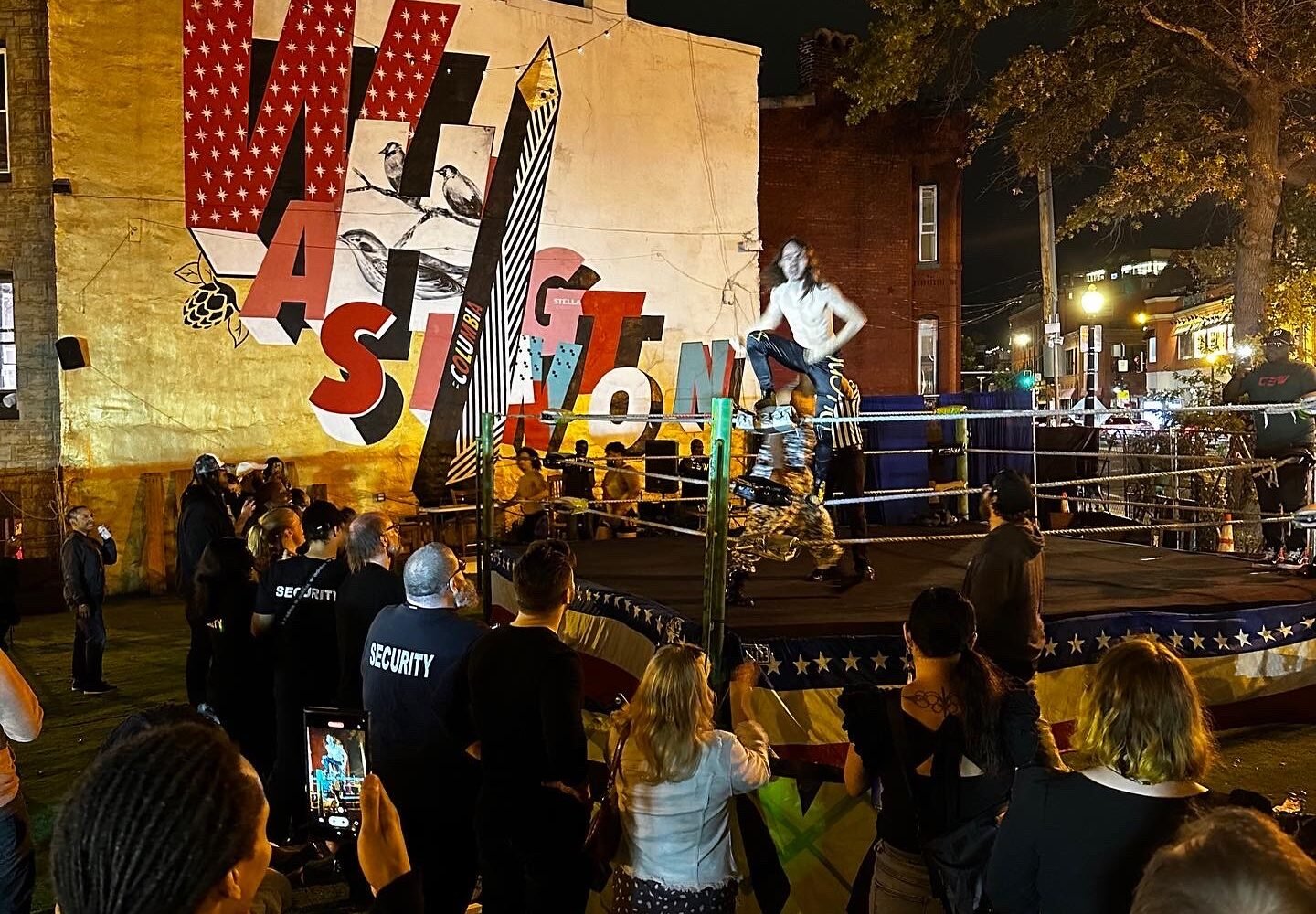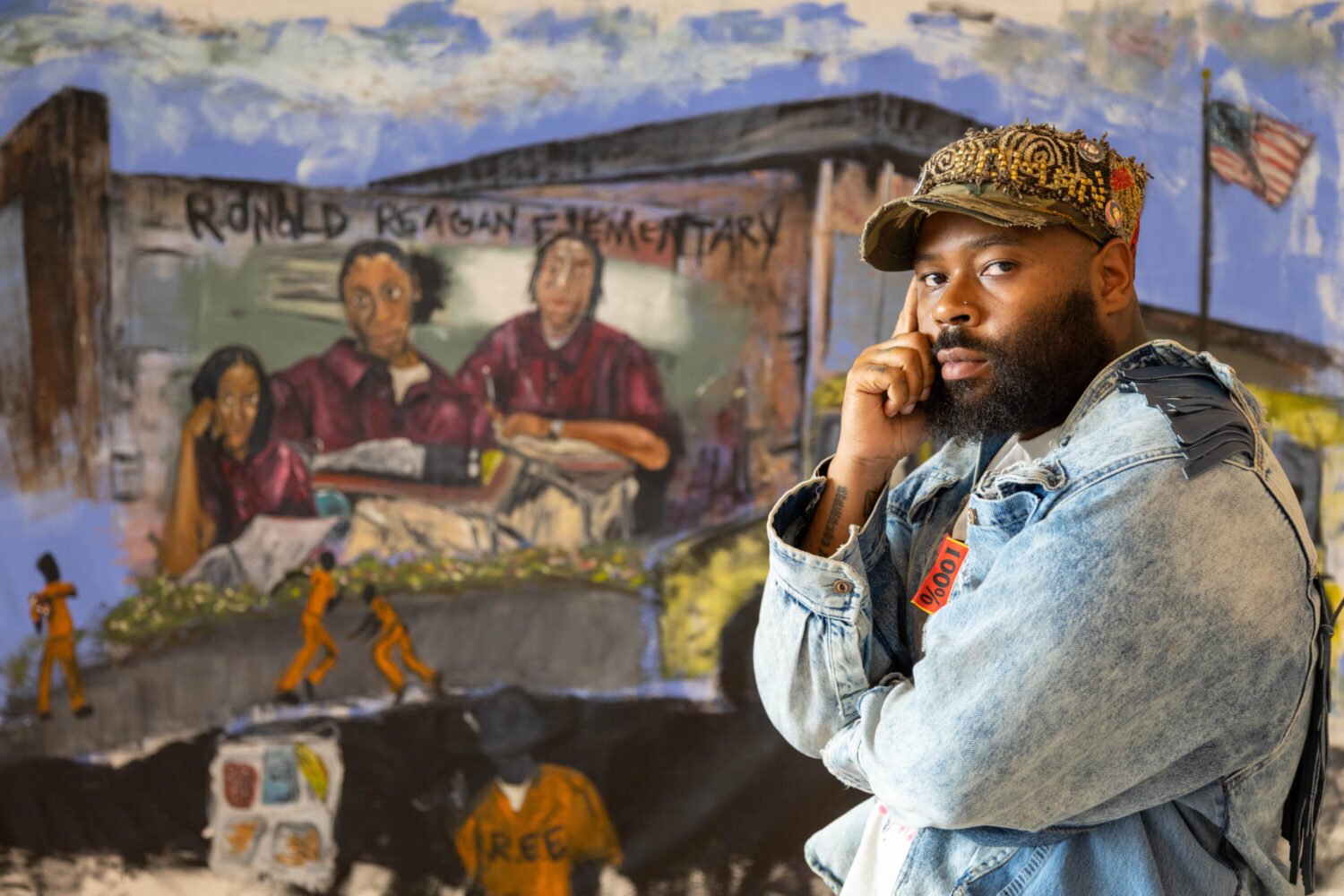Sean Combs and Angela Davis are just two of the 50 influential African-Americans featured in the National Portrait Gallery’s new exhibit, “The Black List.” Photographs courtesy of the National Portrait Gallery
Thelma Golden. Richard D. Parsons. Faye Wattleton. You might not recognize these names, but you’ll almost certainly recognize the next three: Denzel Washington. Michael Jordan. Barack Obama.
“The Black List,” opening tomorrow at the National Portrait Gallery, features the first three people and a number of more-famous faces, too—but the point, says photographer Timothy Greenfield-Sanders, is to “emphasize a sense of accomplishment that’s so much bigger than an Oprah or an Obama.” The show consists of 50 large-scale photographic portraits of some of the most influential and successful living African-Americans, from Susan Rice, US ambassador to the UN, to RZA.
Greenfield-Sanders, a Vanity Fair contributing editor, first conceived of the show while sitting in his kitchen with Toni Morrison, which he admits is not an experience many can imagine having. “I started to think about the people I knew who were extraordinary,” he says—and an hour later, he had 200 names on the back of a napkin, 10 percent or so of whom he was disappointed to find were dead. But the project began, resulting in 25 initial portraits and a film of his subjects shot with Elvis Mitchell, which aired at Sundance and on HBO. The movie is also on display in the exhibition, along with its second and third follow-ups.
Subverting the traditional understanding of a blacklist, the concept instead celebrates achievement among African-Americans, from playwright Suzan Lori-Parks to Colin Powell. Greenfield tried to move beyond entertainers and athletes, but the ones he includes are stratospherically successful, from Sean Combs and Tyler Perry to Serena Williams. There’s RZA, who stares at the camera with his hands clasped in prayer, his eyes solemn; and Laurence Fishburne, whose folded arms and tight black T-shirt don’t quite fit with his focused, almost quizzical expression.
Greenfield-Sanders is probably America’s greatest living portrait photographer, able to capture the essence of a personality in just the blink of a lens (it’s impossible to imagine someone who could get Russell Simmons looking so poised, so cynical, in only two frames and 45 seconds—all the time the hip-hop mogul could spare). Rather than direct people, he watches them from the moment they walk into his studio, analyzing their tics, their posture, and their natural poses, and encourages them to stand that way. In his portrait of Serena Williams, the athlete is cocky, almost confrontational, as she stands with one hand on her hip and the other protectively placed in front of her. Angela Davis, the scholar and activist, rests one finger under her chin in a pose reminiscent of Rodin’s “The Thinker.”
The point, Greenfield-Sanders says, is to not recognize three-quarters of the people in the show and to learn more about the African-American experience by reading the capsule biographies hung beside each photograph. Still, one can’t help but wonder about the curation of portraits. Why include Raven-Symoné and Hill Harper but not Maya Angelou or Henry Louis Gates? Why John Legend instead of Stevie Wonder? It’s hard not to assume that Greenfield-Sanders and Mitchell photographed their friends and acquaintances, and did the best they could with the rest of the list.
But questions about sourcing aside, this is still an undeniably rich show, embodying a microcosm of achievement that’s truly inspirational—and most of that comes from the less recognizable faces, such as artist Kara Walker or Masschusetts governor Deval Patrick. “People should walk out of here understanding the black experience in a much more profound way,” says Greenfield-Sanders. And hopefully realizing that success isn’t just measured by MTV or ESPN.
“The Black List” is at the National Portrait Gallery from October 28 through April 22. For more information, visit the gallery’s Web site.

